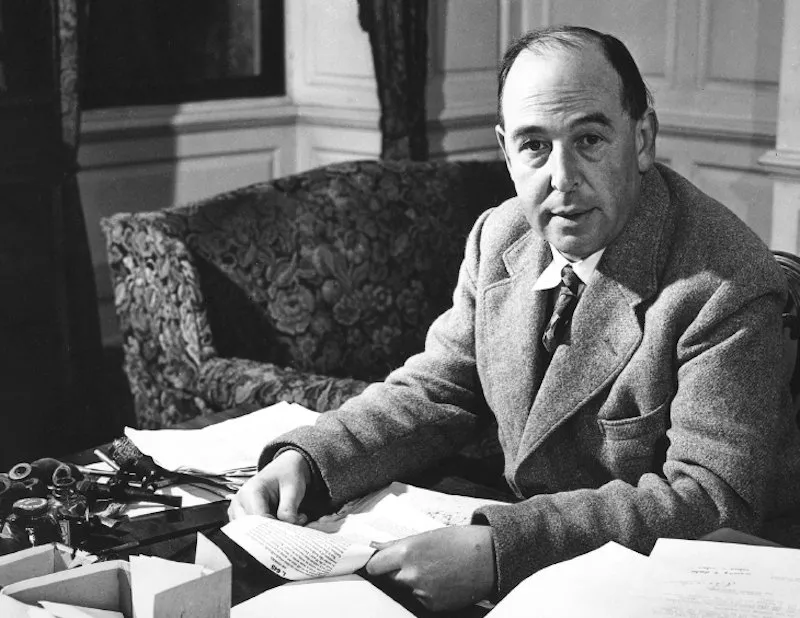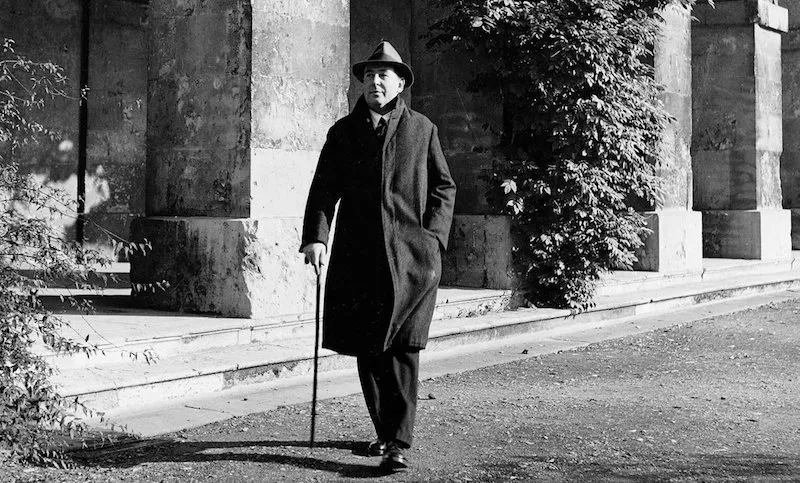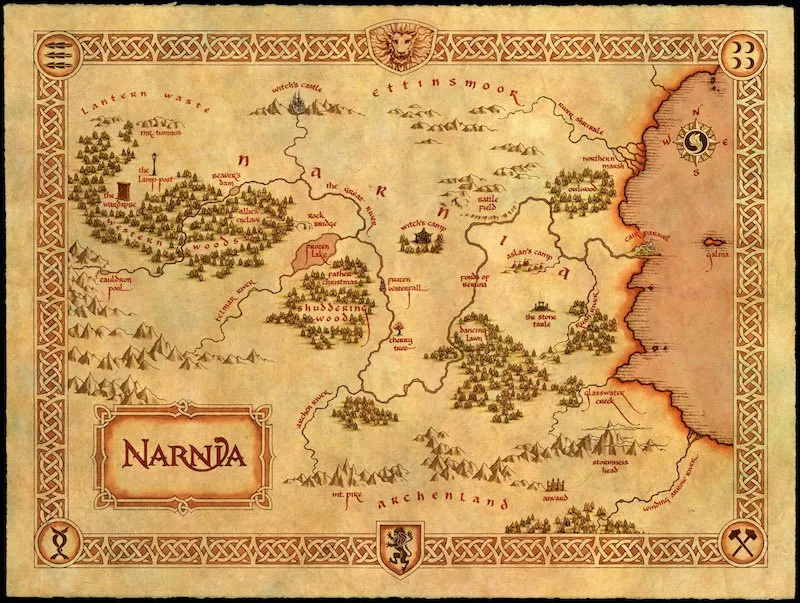
I want to tell you about a book I read very late - this is the "The Chronicles of Narnia" by Clive Staples Lewis. Unfortunately, when I was a child, this book was just beginning to spread in my country, it had not yet been translated properly, in my opinion and the last parts were not translated. I'm not strong in chronology, but the point is that the "The Chronicles of Narnia" came to me late. It's a pity, because it's a great book and it's much more serious than those, bright, beautiful, festive films made on this story. I ask you very much, do not judge this book about films and in no case do not trust the opinions that are left out, those who have looked through this book, found it complex, abstruse, excessively cruel or on the contrary philosophical and religious, that it should not be given to children. This is absolutely crystal clear thing.
Although ... When I read a bit about the biographies of Tolkien (the author of "The Hobbit" and "The Lord of the Rings") and Lewis, and they were close friends, I understood how the idea arose "The Chronicles of Narnia", now it's all known.
The fact is that Tolkien and Lewis in their youth entered the club, which was called "Inklings", from the English word - ink. And these "ink men" or "inklings", discussed modern literature, wrote, talked about fairy tales, magical fantastic stories, read out their opuses, criticized, praised, and in general communicated. It was a wonderful circle.
Tolkien spent his whole life thinking about his fairy tale, then there were plans for her, then rough drafts and the first samples of a fairy tale, then the "The Hobbit". If you remember, he began telling this story to his children.
I read with great surprise that there was even a note of jealousy when Tolkien learned about the success of Lewis's fairy tales. And he has seven great stories, seven fairy tales in "Narnia" and they, of course, are very different from each other and they should all be read in order. If you start reading, for example, with the latter, the impression will be blurred.
The center, the semantic kernel of the whole history, the point of reference of characters and biographies of heroes is "The Lion, the Witch and the Wardrobe". Begin to read from this book, although it, as you will learn later, in chronological order, the invented chronology of "Narnia", does not go first. But "The Lion, the Witch and the Wardrobe" is a central fairy tale, a kind of "gospel" of the world "The Chronicles of Narnia." And here we come to a very interesting topic.
These tales are very religious, but this is not the "aggressive" Christianity that imbues children with allegories and stories where everything is read very transparently and whose purpose is only to instill respect for the canon, to inculcate respect for dogmas, to those unshakable truths that the child must learn it by heart, pass this hard "exam" and never again return to it in life.
It seems to me that Lewis' religiosity was different and this is confirmed by some sources. I read about him a little bit and realized that in principle everything is much more complicated, as with Tolkien. Of course, "The Lion, the Witch and the Wardrobe" is a pure Gospel story, with a sacrifice, with a tremendous self-sacrifice. And that lion - Aslan, who is the main character, the supernatural alpha and omega of this world, the beginning and the end, the lord of all magical beings, he sacrifices himself in order to save a hero who is not worth it. Everything is very clearly read, all the allusions are almost close to the Gospel text in content. But that's not the point, the point is how it's done.

Lewis was able to create such a charming world that when he placed the gospel story in this world, this story acquired a second life. In my words there is no blasphemy, I am now talking about the fate of literary texts, images, I do not touch any religious feelings at all. In this case, I mean the storyline, the line about the self-sacrifice of the supreme, all-powerful being, which is absolutely not necessarily sacrificed in order to save unworthy characters.
And when four children fall into this Narnia, they pass through all the stages of evangelical history. Further, in the following after "The Lion, the Witch and the Wardrobe" fairy tales, you will see how other biblical motifs literally follow the catechism. How they are transformed into living and organically inscribed images, into this magical, fictional Narnia. Lewis eventually comes to, let's say, the problems of denomination, the problems of separation of churches and the problems of delusion of Catholicism, he himself was a Protestant. In the last fairy tale there is a wonderful donkey, who is one in one pope.
But that's not the point, it's not about what Lewis's hidden, aggressive preaching instincts broke through to the last pages of this epic. And the fact is, how vividly it is read, an amazingly lively book. And what are the images ...
Lewis said that all this Narnia began with one image, when in his imagination he saw a dark forest, a small spot of light and in the center, under this lamppost, a small fawn under an umbrella. This faun with a magic umbrella, he became the seed from which all Narnia was born.
And a small spoiler, you can not read the text further if you are going to read the book yourself. When the story ends and all the main characters die - this is not destruction, but the beginning of a new life. This is true Narnia, which they see as if from a bird's eye view. Moreover, beyond the mountain range, beyond some obstacle, abroad, they see the true England from which they appeared. They see their own, real homeland, reality. But not the that England that died under the bombing and which they will never see again, that the true one England. That is, this is some incredible enlightenment, it's a new life, new light and enrichment, which can not be given a simple story about a magical adventure in a fictitious country. This, of course, is something more.
The fact that Clive Staples Lewis failed, in my opinion, in his complex fantasy works, and he has quite extensive books for adults, what he could not do in his publicistic and religious treatises - he succeeded in his "The Chronicles of Narnia" . This story managed to convey to the most skeptical, to the most lazy and unread little readers, she managed to convey the gust of wind that any person feels when he looks in the veil of unbelief. This is the great value of the book, and this power is felt by all readers, both believers and non-believers.

As for the fairy tale itself, whatever you took in the hands of the publication, pay attention to how many fairy tales are out there, it is necessary to read the whole epic. And of course, this should not be a shortened edition.
The Chronicles of Narnia is one of the most important books written in the 20th century for children. This is an amazing book and i believe that you will not waste time in vain if you read even with "The Lion, the Witch and the Wardrobe", with the very first story. Narnia has become as real, as real as the Alice's "Looking-Glass" and "Wonderland" and now it's with us forever. Narnia is a terrific reality.